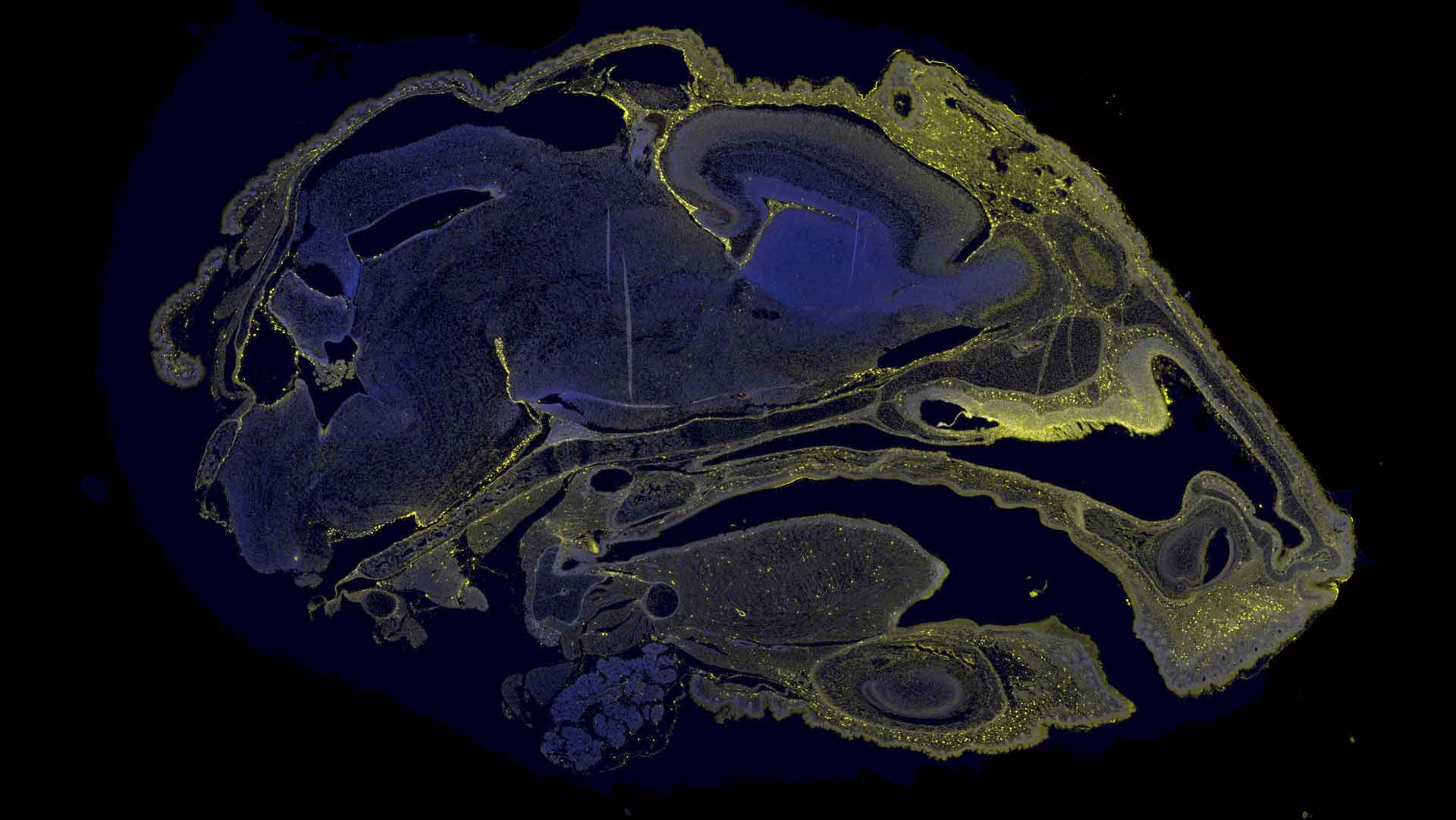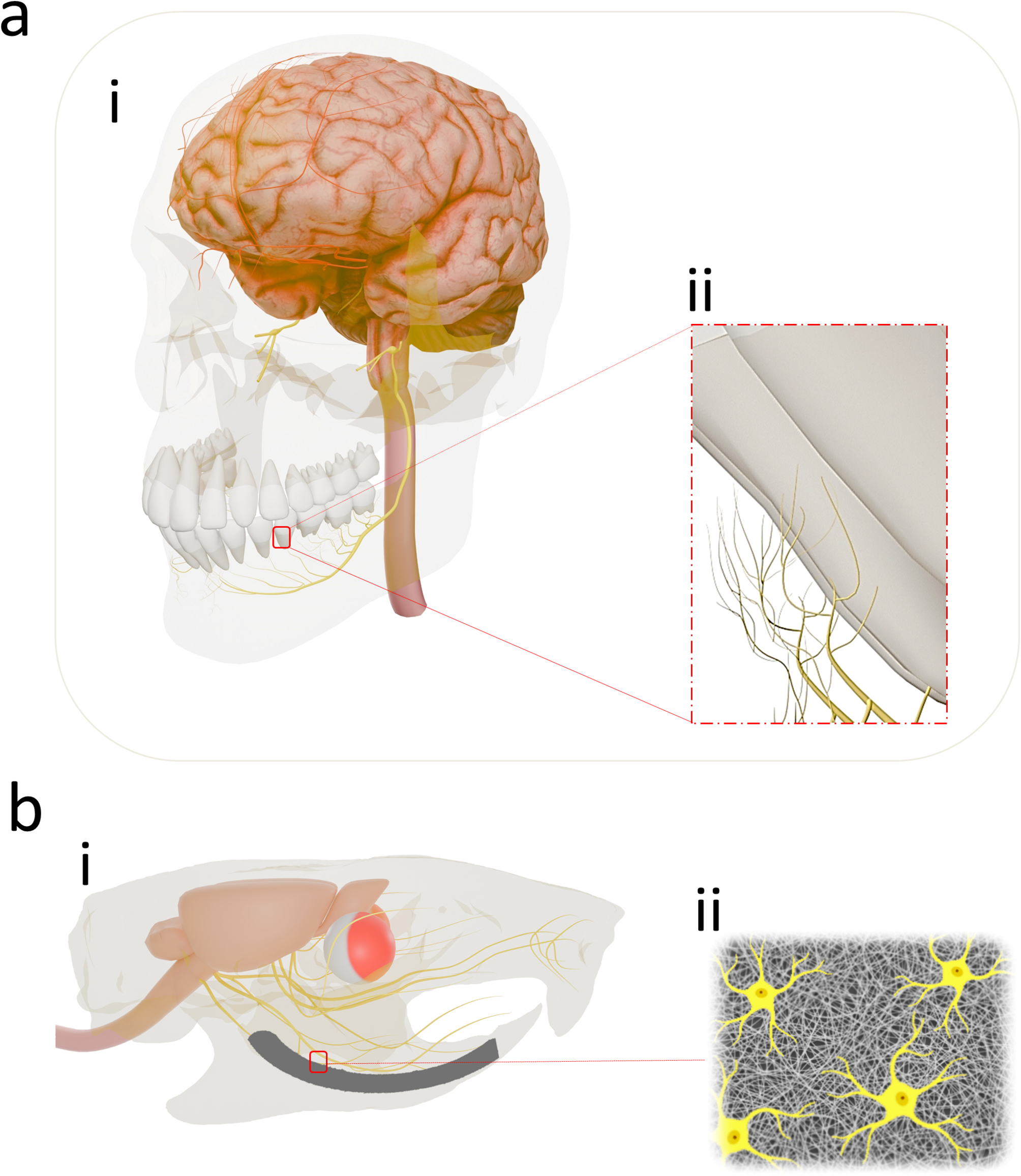2025-06-11 ロックフェラー大学
<関連情報>
- https://www.rockefeller.edu/news/37920-mapping-how-nutrients-move-through-the-body-to-treat-cancer/
- https://www.science.org/doi/10.1126/science.adf4154
- https://www.cell.com/cell-metabolism/fulltext/S1550-4131(23)00130-4
ミトコンドリアグルタチオンホメオスタシスの自己調節性制御 Autoregulatory control of mitochondrial glutathione homeostasis
Yuyang Liu, Shanshan Liu, Anju Tomar, Frederick S. Yen, Gokhan Unlu, Nathalie Ropek, Ross A. Weber, Ying Wang, Artem Khan, […] , and Kıvanç Birsoy
Science Published:2 Nov 2023
DOI:https://doi.org/10.1126/science.adf4154
Editor’s summary
Abstract
統合的遺伝子解析により、FLVCR1が哺乳類の血漿膜コリン輸送体であることが明らかになった Integrative genetic analysis identifies FLVCR1 as a plasma-membrane choline transporter in mammals
Timothy C. Kenny ∙ Artem Khan ∙ Yeeun Son ∙ … ∙ Hanan Alwaseem ∙ Richard K. Hite ∙ Kıvanç Birsoy
Cell Metabolism Published:April 25, 2023
DOI:https://doi.org/10.1016/j.cmet.2023.04.003
Graphical abstract

Highlights
•Identification of metabolite transporter associations from GWAS of serum metabolites
•FLVCR1 is required for choline uptake and metabolism
•Loss of FLVCR1 impairs mitochondrial function leading to the activation of ISRmt
•Flvcr1-mediated choline transport is necessary for murine embryogenesis
Summary
Genome-wide association studies (GWASs) of serum metabolites have the potential to uncover genes that influence human metabolism. Here, we combined an integrative genetic analysis that associates serum metabolites to membrane transporters with a coessentiality map of metabolic genes. This analysis revealed a connection between feline leukemia virus subgroup C cellular receptor 1 (FLVCR1) and phosphocholine, a downstream metabolite of choline metabolism. Loss of FLVCR1 in human cells strongly impairs choline metabolism due to the inhibition of choline import. Consistently, CRISPR-based genetic screens identified phospholipid synthesis and salvage machinery as synthetic lethal with FLVCR1 loss. Cells and mice lacking FLVCR1 exhibit structural defects in mitochondria and upregulate integrated stress response (ISR) through heme-regulated inhibitor (HRI) kinase. Finally, Flvcr1 knockout mice are embryonic lethal, which is partially rescued by choline supplementation. Altogether, our findings propose FLVCR1 as a major choline transporter in mammals and provide a platform to discover substrates for unknown metabolite transporters.


